
What Happened to God’s People Between the New and Old Testaments
The time between the Testaments was one of ferment and change — a time of the realignment of traditional power blocs and the passing of a Near Eastern cultural tradition that had been dominant for almost 3,000 years.
In biblical history, the approximately 400 years that separate the time of Nehemiah from the birth of Christ are known as the intertestamental period (c. 433 – 5 BC). Sometimes called the “silent” years because of the absence of prophetic revelation, they were anything but silent in terms of historical significance and cultural change. The events of these years would shape the world of the New Testament.
A Brief History: God’s People During the Intertestamental Period
With the Babylonian exile, Israel ceased to be an independent nation and became a minor territory in a succession of larger empires. With Alexander the Great’s acquisition of the Holy Land (332 BC), a new and more insidious threat to Israel emerged. Alexander was committed to the creation of a world united by Greek language and culture, a policy, called Hellenization, had a dramatic impact on the Jews.
At Alexander’s death in 323 BC, the empire he won was divided among his generals. Two of them founded dynasties — the Ptolemies of Egypt and the Seleucids in Syria and Mesopotamia — that would contend for control of the Holy Land for over a century.
The rule of the Ptolemies was considerate of Jewish religious sensitivities, but in 198 BC the Seleucids took control and paved the way for one of the most heroic periods in Jewish history.
The early Seleucid years were largely a continuation of the tolerant rule of the Ptolemies, but Antiochus IV Epiphanes (whose title means “God manifest”) changed that when he attempted to consolidate his fading empire through a policy of radical Hellenization. While a segment of the Jewish aristocracy had already adopted Greek ways, many Jews were outraged.
Antiochus’s atrocities were aimed at the eradication of Jewish religion. He prohibited some of the central elements of Jewish practice, attempted to destroy all copies of the Torah (the Pentateuch) and required offerings to the Greek god Zeus. His crowning outrage was the erection of a statue of Zeus and the sacrificing of a pig in the Jerusalem temple itself.
Opposition to Antiochus was led by Mattathias, an elderly villager from a priestly family, and his five sons: Judas (called “Maccabeus”), Jonathan, Simon, John and Eleazar. Mattathias destroyed a Greek altar established in his village, Modein, and killed the man Antiochus sent as his emissary. This triggered a 24-year war (166 – 142 BC) called the Maccabean revolt which resulted in the independence of Judah until the Romans took control in 63 BC. Pompey, the general who subdued the East for Rome, took Jerusalem after a three-month siege of the temple area, massacring priests in the performance of their duties and entering the Most Holy Place. This sacrilege began Roman rule in a way that Jews could neither forgive nor forget.
Social Developments in Response to the Intertestamental Period
The Judaism of Jesus’ day was, to a large extent, the result of changes that came about in response to the pressures of the intertestamental period.
Diaspora
The Diaspora (dispersion) of Israel begun in the exile accelerated during these years until a writer of the day could say that Jews filled every land and sea. Jews outside the Holy Land, cut off from the temple, concentrated their religious life in the study of the Torah and the life of the synagogue. The missionaries of the early church began their Gentile ministries among the Diaspora, using the Greek translation of the Old Testament (the Septuagint).
Synagogue
During the Babylonian exile, Israel was cut off from the temple, divested of nationhood and surrounded by pagan religious practices. The nation’s faith was threatened. Under these circumstances, the exiles turned their religious focus from what they had lost to what they retained — the Torah and the belief that they were God’s people. They concentrated on the law rather than nationhood, on personal piety rather than sacramental rectitude and on prayer as an acceptable replacement for the sacrifices denied to them.
When they returned from the exile, they brought with them this new form of religious expression, as well as the synagogue (its center), and Judaism became a faith that could be practiced wherever the Torah could be carried. The emphases on personal piety and a relationship with God, which characterized synagogue worship, not only helped preserve Judaism but also prepared the way for the Christian gospel.
Sadducees
In the Holy Land, the Greek world made its greatest impact through the party of the Sadducees. Made up of aristocrats, it became the temple party. Because of their position, the Sadducees had a vested interest in the status quo. Relatively few in number, they wielded disproportionate political power and controlled the high priesthood. They rejected all religious writings except the Torah, as well as any doctrine (such as resurrection from the dead) not found in those five books.
Pharisees
As the party of the synagogue, the Pharisees strove to reinterpret the law. They built a “hedge” around it to enable Jews to live righteously before God in a world that had changed drastically since the days of Moses. Although they were comparatively few in number, the Pharisees enjoyed the support of the people and influenced popular opinion as well as national policy. They were the only party to survive the destruction of the temple in AD 70 and were the spiritual progenitors of modern Judaism.
Essenes
An almost forgotten Jewish sect (but referred to by Philo and Josephus) until the discovery of the Dead Sea Scrolls, the Essenes were a small, separatist group that grew out of the conflicts of the Maccabean age. Like the Pharisees, they stressed strict legal observance, but they considered the temple priesthood corrupt and rejected much of the temple ritual and sacrificial system. Though they are mentioned by several ancient writers, the precise nature of the Essenes is still not certain, though it is widely held that the Qumran community that produced the Dead Sea Scrolls was probably an Essene group.
Because they were convinced that they were the true remnant of Israel, these Qumran sectarians had separated themselves from Judaism at large and devoted themselves to personal purity and preparation for the final war between the “Sons of Light and the Sons of Darkness.” They practiced an apocalyptic faith, looking back to the contributions of their previous leader, known as “Teacher of Righteousness,” and forward to the coming of two Messiahs: a priestly one from the line of Aaron and a royal one from the line of David. In the Jewish War of AD 66 – 73, the community at Qumran was destroyed, and the Essenes dropped from history.
The experience of the nation and people of Israel between the writing of Malachi in the Old Testament and Matthew in the New Testament set the stage for the fulfillment of the coming of the long-prophesied Messiah. Christians look forward to Jesus’ second coming and enjoying the fullness of God’s redemptive plan.
Drawn from the NIV Cultural Backgrounds Study Bible.
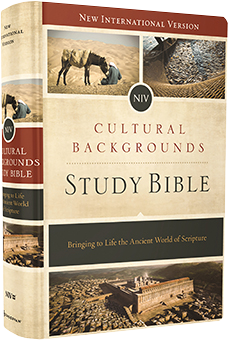
Cultural Backgrounds Study Bible
The NIV Cultural Backgrounds Study Bible brings the ancient world of Scripture to life for modern readers through hundreds of articles, color photos, charts, maps, and more on the customs, culture and literature of biblical times.
Learn More

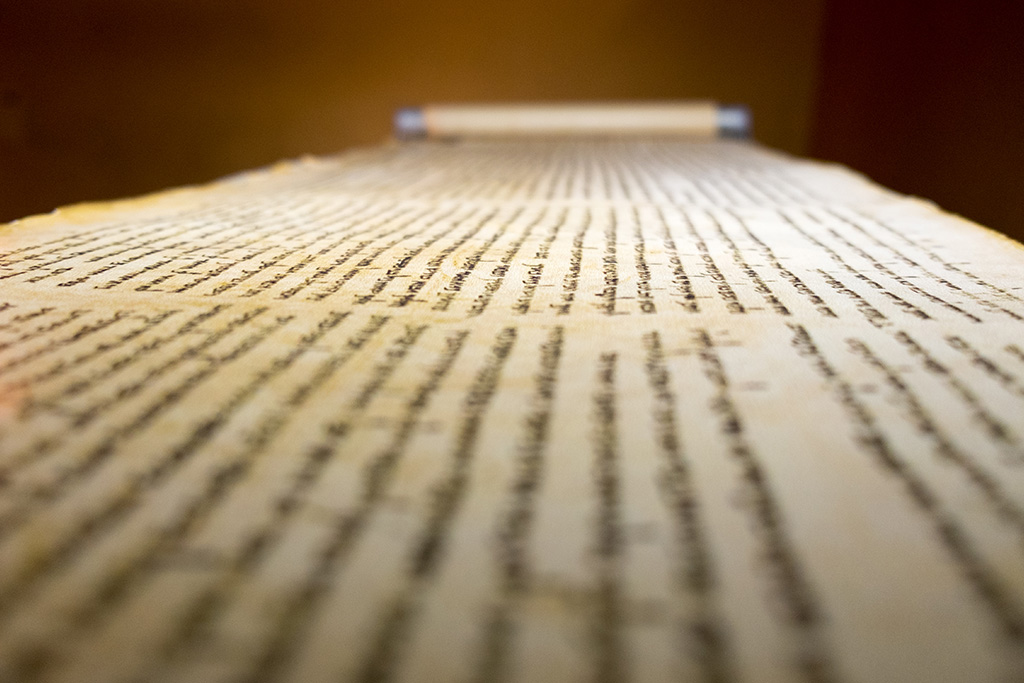
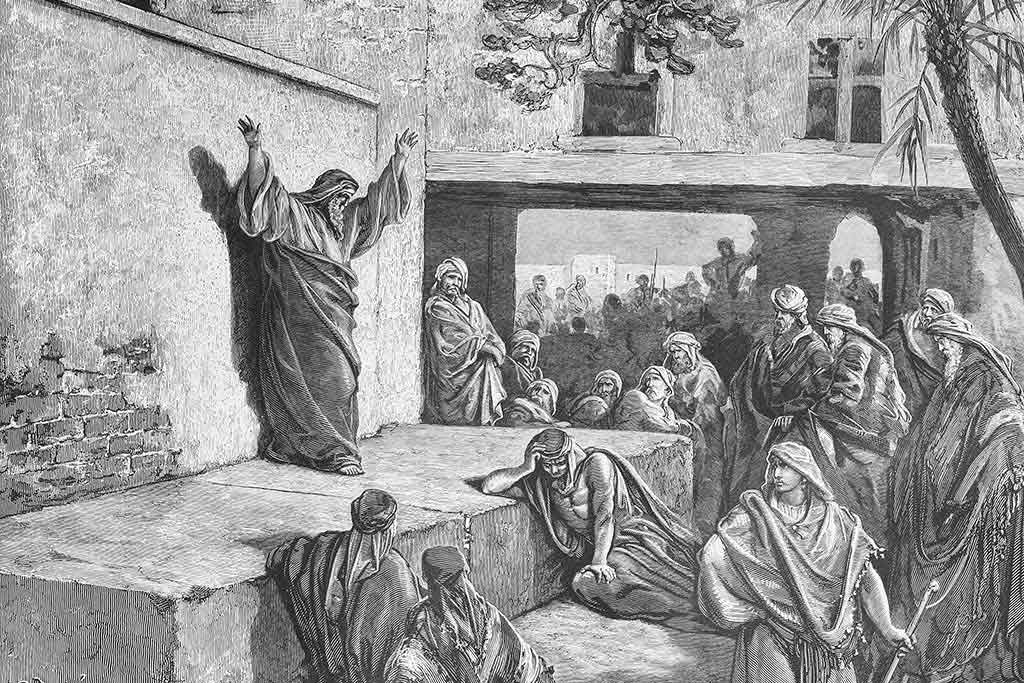
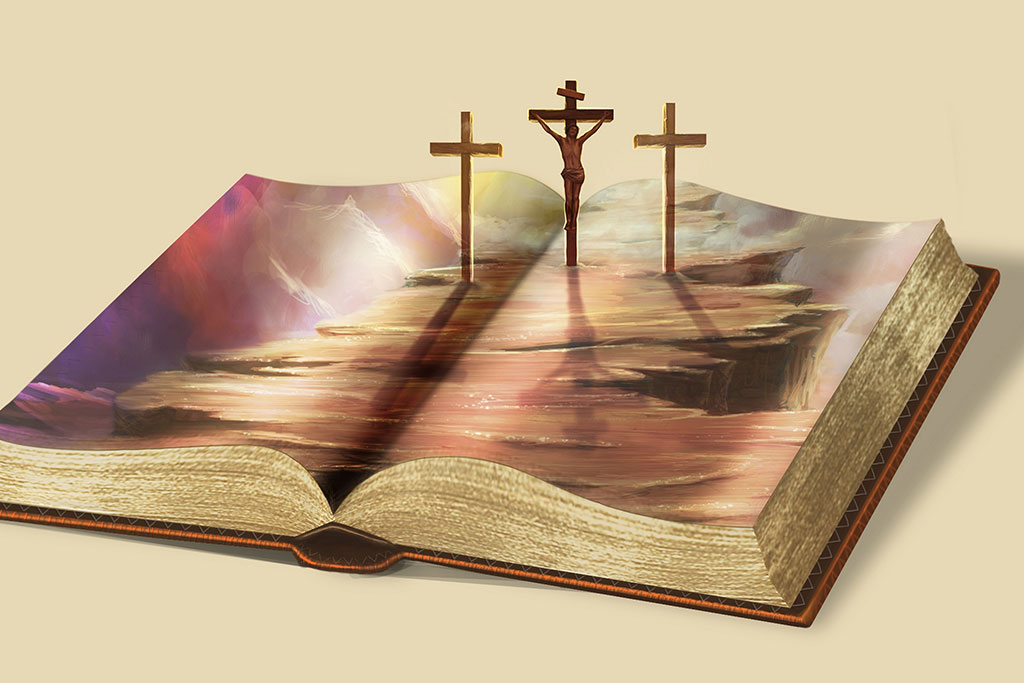
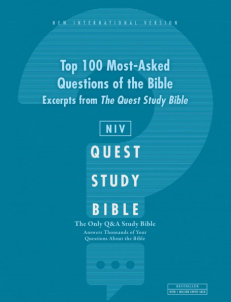

Thank you for your feedback. Wonderful
I wish I can download this study and similar ones like this to enhance my understanding of the Bible.
Sign-up to receive weekly articles here: https://www.thenivbible.com/niv-blog-signup-form/